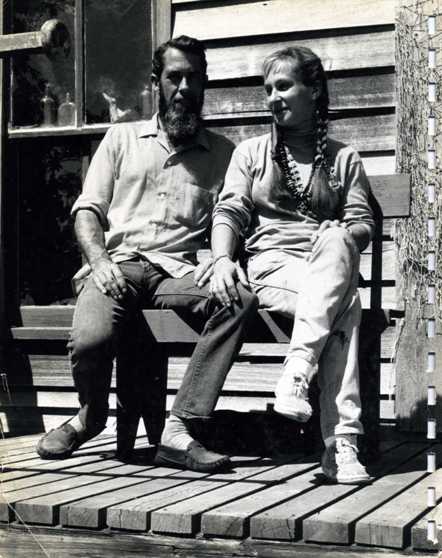History of Camp Willapa and Sherwood Forest
A Summer Camps for Boys and Girls
In 1918 Dorothy A. Elliott founded Camp Willapa just north of Nahcotta. It was the first private children’s summer camp on the west coast. Here Miss Elliott built her camp for girls, and in 1926 opened her boy’s camp, Sherwood Forest, to the north along the wooded shore of the bay near Stackpole Harbor at Leadbetter Point. After WWII both camps were combined and shared the Nahcotta site. Her camps offered outdoor living experiences to youngsters. Miss Elliott believed strongly in camping that acquainted children intimately with the natural environment, and that gave them an opportunity to learn both self-reliance and cooperation.


Alan Greiner worked as the riding counselor at Willapa from 1949 through the final five years of Miss Elliott’s camp. For those interested, there is an album, kept in The Ark, which holds photos and documents covering the Camp Willapa years. The Ark is the main house, originally a storage building for oyster equipment and set on piling in the bay, later moved ashore by Miss Elliott in 1918.
In 1955 Miss Elliott contacted the Greiners, making it possible for them to purchase the site of her original Camp Willapa. In 1960, Alan and Barbie opened their first Sherwood Forest camp session of four weeks with six campers and two counselors. When, after a few years, the number grew to forty campers and fifteen counselors, they began a second camp session in order to retain the small size they felt this summer community should be. Sherwood Forest grew to be an intimate, primitive summer camp of thirty-five campers with a staff of fifteen. Sherwood was such a summer community for thirty years. Miss Elliott enjoyed her contact with ‘Camp’ until her death in 1979 at 87.
Sherwood Forest was not in any way like school, nor was it in the entertainment business. It was always its mission to create an environment in which adults and children, (ages 9 through 16), could learn together, living a mutually supportive and cooperative way of life. The farm animals needed care; the goats were milked and the milk came to the tables, as did eggs from chickens and ducks. There were sheep, pigs and rabbits, and all the farm animals enjoyed the recycled scraps from tables and kitchen. There was a vegetable garden. Farm chores and meals set the camp schedule; for the rest, each day was planned at the breakfast table, everyone taking part. Camping trips, often for two or three nights, went off to many places: to the north – Grassy Island; to the east – Long Island by canoe; to the south – the Naselle River. For campers and counselors, Sherwood Forest was a way of life.
